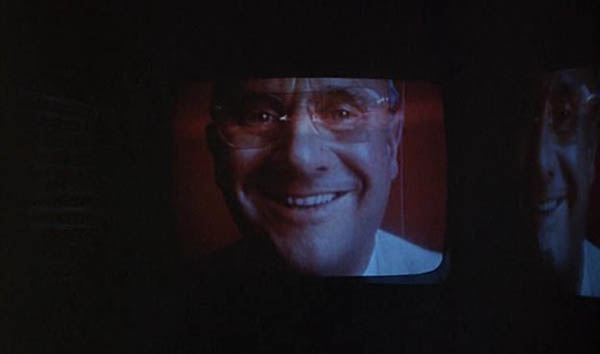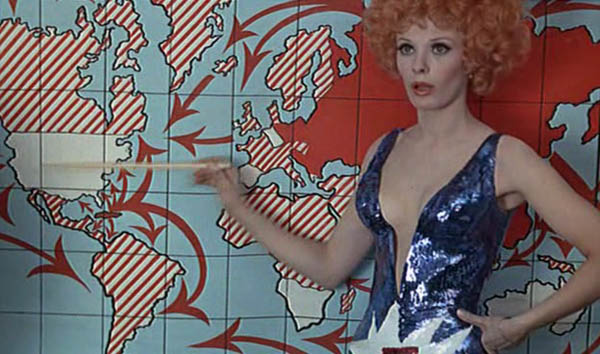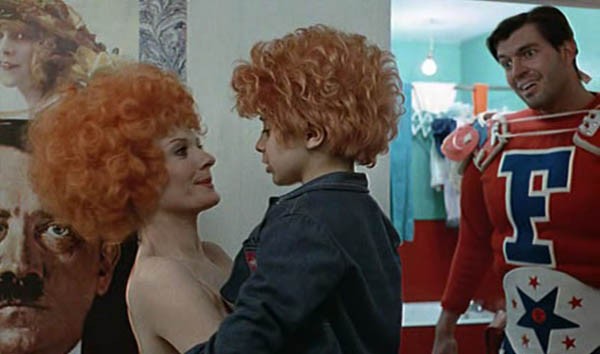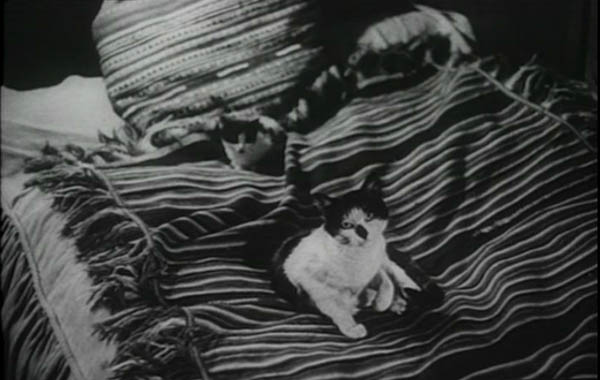Little Richard: I Am Everything (2023, Lisa Cortés)
It’s hard not to be overwhelmed by the very idea of Little Richard. As a teen he played gay bars in drag. John Waters stole his mustache. He brought The Beatles to Hamburg when they were nobodies; his keyboardist at the time was Billy Preston.
I watch the rock docs for story and music and personality, and it’s got all that, but the movie tries hard to make itself unlikable along the way. Firstly they made it too late, so all his first-person stories come from talk show appearances. The past is represented with cheesy foleyed-up b/w archive footage, and when Richard’s dad comes up in stories they keep slow-zooming into the only photo they’ve got. The dialogue editor can (roughly) chop pauses out of sentences and make people phrase things the way they want, but nobody can solve the problem of SD interlacing. Present-day musicians portray Richard and others from the time (Valerie June plays Sister Rosetta Tharpe covered in CG sparkles) – they’re trying to make it fun and relevant to present-day, though they also keep saying Richard couldn’t be imitated (and they make excuses for Richard ripping off styles from his predecessors). Feels like an advertisement.
As seen with the subject of my previous rock doc multi-feature:

–
The Little Richard Story (1980, William Klein)
A very different sort of thing, the Casting JonBenet of Little Richard docs from a kaleidoscope of perspectives: managers, family, fans, impersonators, churchmates, crazy people. The crew went to Macon GA for a Little Richard homecoming ceremony, but Richard didn’t show, said God told him not to. The editing mixes stock footage of people who are not Little Richard, cutting back to present-day people who also aren’t Little Richard but are trying to be, most memorably three guys in back of a convertible lip-syncing the “wop bopaloo bop” Tutti Frutti intro on a loop. The city’s event goes on as planned without their guest of honor, where Klein plays around with editing and sound, subverting some of the longer speeches. It’s much grungier than last year’s doc, and leagues better.












































